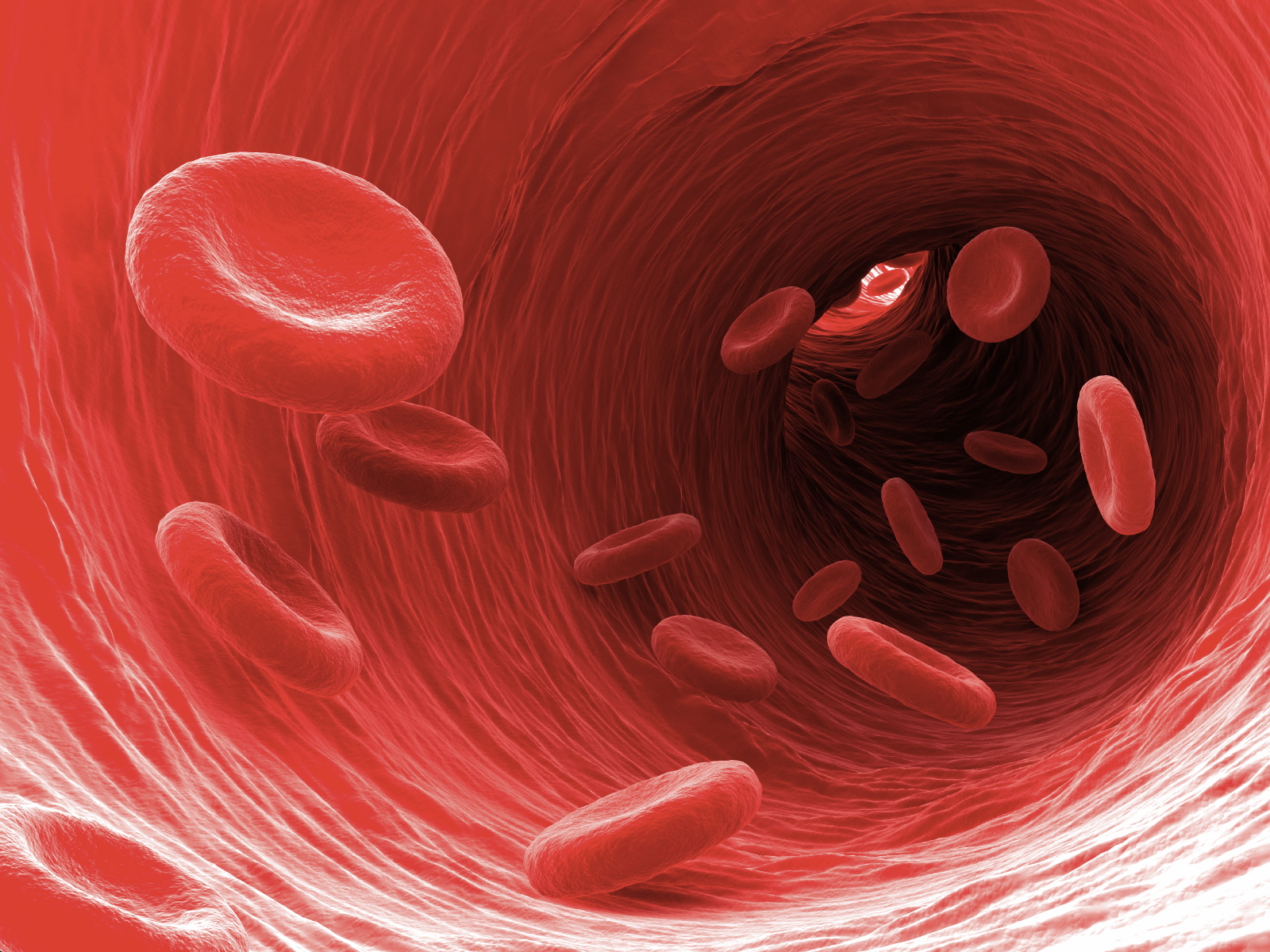
Head and neck squamous cell carcinoma (HNSCC), which develops in the mucous membranes of the mouth, nose, and throat, is the sixth most common typeTrusted Source of cancer worldwide.
Globally, there were approximately 890,000 new cases of HNSCC and 450,000 associated deaths in 2018.
Risk factorsTrusted Source for HNSCC include tobacco use, alcohol consumption, and human papillomavirus (HPV) infection.
Researchers at São Paulo State University (UNESP) in Araraquara, Brazil,
hope that learning more about metabolomicsTrusted Source — the analysis of metabolites in an organism — will prove key to developing a better understanding of these types of cancer.
The researchers conducted a laboratory study that showed how fungi and bacteria can activate genes associated with head and neck tumors. The study appears in Frontiers in Cellular and Infection Microbiology.
The researchers’ work suggests that the metabolism of biofilms stimulates tumor cells by favoring cell signaling pathways that are required for tumor development. Biofilms occur when bacteria congregate and form a community.
Specifically, the study details how biofilms secrete metabolites, which are the intermediate or end product of metabolism. These metabolites can modify the expression of genes that experts associate with tumor cell growth.
“It was very exciting for us that we found a relationship between the metabolites of these microbes [and cell behavior],” Dr. Paula Aboud Barbugli, a professor at UNESP’s Araraquara Dental School and co-leader of the study, told Medical News Today.
Microorganisms and cancer cells
The researchers introduced metabolites from biofilms to healthy oral epithelial cells and HNSCC cells. Specifically, they used metabolites produced by Candida albicans (C. albicans), a highly prevalent fungus in humans, and Staphylococcus aureus (S. aureus), the bacteria that cause staph infections.
The scientists stimulated both healthy and neoplastic cells for either 4 or 24 hours with single and dual biofilms of C. albicans and S. aureus.
They found that the biofilms promoted changes in cell gene expression in both normal and neoplastic oral epithelial cell lines. “They are exerting some effect on cellular behavior,” Dr. Barbugli explained to MNT.
Another key finding of the study is that molecules secreted by these microorganisms in biofilms may modify host cell activities far away from the primary infection site. “Our patients who wear [dentures], they have lots of C. albicans,” Dr. Barbugli said. “It may influence some cancers of the esophagus or [cancer in some other location of the body].”
